Solar Panels
Top Solar Panels for Grid-Tie and Off-Grid Systems
Shop a wide selection of solar panels for both grid-tie and off-grid systems at SolarTown. We offer multiple top brands and provide expert support to help you with sizing and configuration. Find the right solar solution for your DIY project today.
-

Canadian Solar
CANADIAN SOLAR HIKUBLACK CS3N-395MS,F23 395W BLACK ON BLACK 132 HALF-CELL MONO SOLAR PANEL - 110-1308Canadian Solar, 395W PV Module, 1250mm (~49.2 in) PV Wire, MC-4, 35mm Black Frame on Black Back-Sheet, BOB, Mono-PERC, 20A Fuse, 1000VDC, 369.1 PTC,... -


Rich Solar
MSRP: $129.99$107.99The MEGA 100 SLIM is an off-grid solar panel that is designed for the space-limited overlander. Featuring an aluminum anodized frame and tempered glass coupled with high-efficiency solar generation with 12V and 100W output, the MEGA 100 SLIM is perfect...MSRP: $129.99$107.99 -
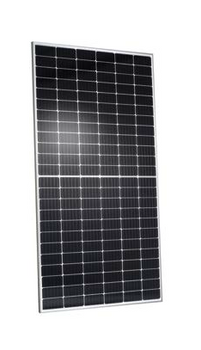
Hanwha
Q CELLS 485W MONO SOLAR PANEL - Q.PEAK DUO XL G10.3 BFG 485WHanwha Q CELLS Q.PEAK DUO XL G10.3 BFG 485Watt 156 1/2 Cells Bifacial Double Glass Monocrystalline 35mm Silver Frame Solar Panel This high-efficiency module is backed by Q Cells trademark Q... -
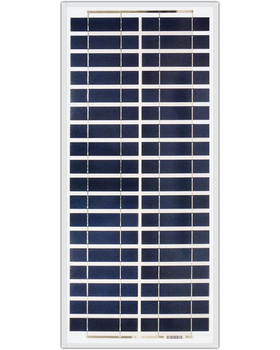
Ameresco
$239.99Ameresco 40J Solar 40 Watt Solar Panel Our Class 1 Division 2 (C1D2) modules are the direct result of over three decades of design, manufacturing and use. Need batteries, controllers, or mounts to go with your panel? We can supply it all, even a...$239.99 -
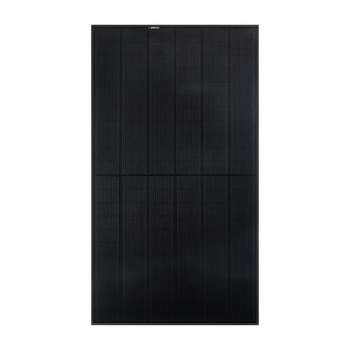
REC
REC REC410AA PURE-R 410W BLACK ON BLACK 80 HALF-CELL HETEREOJUNCTION SOLAR PANEL - 110-1382REC, 410W PV Module, 67”PV Wire, MC-4, 30mm Black Frame on Black Back-Sheet, BOB, 80 ½ Cut Heterojunction Cells, 25A Max Fuse, 1000VDC, No PTC,... -


Renogy
$51.99Renogy 30 WATT 12 VOLT MONOCRYSTALLINE SOLAR PANEL (NEW EDITION) Renogy 30 Watt monocrystalline solar Panel is ideal for recharging small electronics while away from the power Grid. This particular panel is small and lightweight, making it...$51.99 -

Meyer Burger
Meyer Burger, 395W PV Module, MC-4, 1200mm (~47.2") PV Wire, 35mm Black Frame/White Back-Sheet, BOW, 120 ½ Mono HJT Cells, 20A Max Fuse, 1000Vdc, 375.8W PTC, 25/25 Warranty, Meyer Burger White, 395W. For maximum yields combined with... -

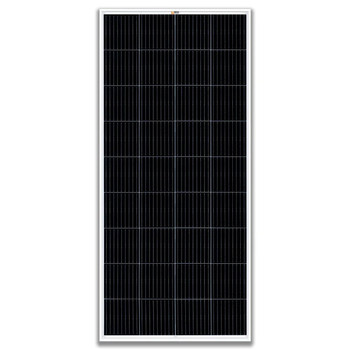
Rich Solar
MSRP: $239.99$197.99FEATURES MEGA 200 200W 12V SOLAR PANEL Maximum Power(Pmax) 200WMaximum Power Voltage(Vmp) 18.4VMaximum Power Current(Imp) 10.9AOpen Circuit Voltage(Voc) 21.8VShort Circuit Current(Isc) 11.6ANominal Operating Cell Temp(NOCT) 113...MSRP: $239.99$197.99 -


Rich Solar
$239.99 - $247.99Features 16-busbar solar cell configuration Lightweight anodized aluminum frame High Transmission, AR (anti-reflective) Coated Tempered Glass Plug and play junction box Industry standard quick-connect cables work in series or parallel Certified...$239.99 - $247.99 -
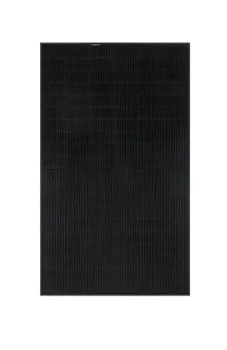
REC
Features High Power OutputThe REC Alpha Pure-RX panels are available in 460W and 470W models, providing exceptional power generation for residential solar systems. Impressive EfficiencyWith a panel efficiency of up to 22.6%, these panels... -

QCells
QCells Q.TRON BLK M-G2+ 425W, 108 half cut Q.ANTUM NEO cells, gapless, black frame, black backsheet with MC4 connectors Features High performance Qcells N-type solar cells Q.ANTUM NEO solar cell technology with zero gap cell layout boosts module... -

Silfab
$228.99Silfab 500w HM mono-PERC module; 132 half cells, silver frame, white backsheet, 1350mm cables w/ MC4-EVO2 connectorsThis product is supplied with MC4 connectors Power Output: 500 Watts 132 Cell, Monocrystalline 35mm Depth, Silver Frame, White...$228.99
Solar power modules are devices that convert sunlight into electricity using photovoltaic cells. There are different types of solar power modules available, each with its own characteristics and advantages.
Monocrystalline solar power modules are made from a single, high-purity crystal of silicon, which makes them highly efficient at converting sunlight into electricity. They are also durable and have a long lifespan. Monocrystalline solar panels are usually more expensive than other types of solar panels, but their efficiency can make them a good investment in the long run.
Flexible solar power modules are made from thin, lightweight materials that can be bent or curved to fit a variety of surfaces. This makes them ideal for applications where rigid solar panels are not suitable, such as on boats, RVs, or for portable charging solutions. Flexible solar panels are less efficient than monocrystalline solar panels, but they are more affordable and versatile.
CIGS (copper indium gallium selenide) solar power modules are a newer type of solar panel that are made from thin film cells. They are more efficient than flexible solar panels, but less efficient than monocrystalline solar panels. CIGS solar panels are also more affordable than monocrystalline panels and are easier to manufacture, making them a popular choice for large-scale solar power projects.
All types of solar power modules work by absorbing sunlight and converting it into direct current (DC) electricity. This electricity is then converted into alternating current (AC) using an inverter, which can be used to power electrical devices or sent to the grid for use by others. Solar power modules are a clean, renewable source of energy that can be used to power homes, businesses, and other applications, reducing dependence on non-renewable sources of energy and helping to reduce carbon emissions.
Frequently Asked Questions About Solar Modules
A: A solar module, also known as a solar panel, is an electronic device made up of photovoltaic cells that convert sunlight into electricity.
A: Solar modules convert sunlight into direct current (DC) electricity through the photovoltaic effect. The solar cells in the module absorb photons from the sun's rays and knock electrons off their atoms, creating a flow of electricity.
A: A solar module is typically made up of a series of interconnected photovoltaic cells, a protective backsheet, a front glass cover, a frame, and wiring.
A: The most common types of solar modules are monocrystalline, polycrystalline, and thin-film. Monocrystalline modules are made from a single crystal of silicon and are the most efficient. Polycrystalline modules are made from multiple silicon crystals and are slightly less efficient. Thin-film modules are made from a variety of materials and are the least efficient but also the most flexible.
A: The lifespan of a solar module varies depending on the quality of the module and its maintenance, but most solar modules are designed to last for 25-30 years or more.
A: The performance of a solar module is affected by several factors, including the angle and orientation of the module, the amount of sunlight it receives, the temperature, and any shading that may occur.
A: The amount of electricity a solar module can produce depends on its size and efficiency, as well as the amount of sunlight it receives. A typical residential solar module can produce between 250 and 400 watts of electricity during peak solar hours.
A: Solar modules can be used in a wide range of weather conditions, including cloudy days. However, their performance may be affected by extreme temperatures, heavy rain or snow, and high winds.
A: Many countries offer incentives for installing solar modules, such as tax credits, rebates, and net metering programs that allow homeowners to sell excess energy back to the grid.
